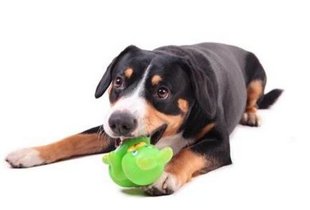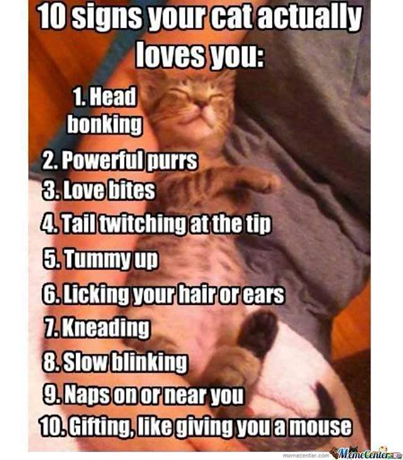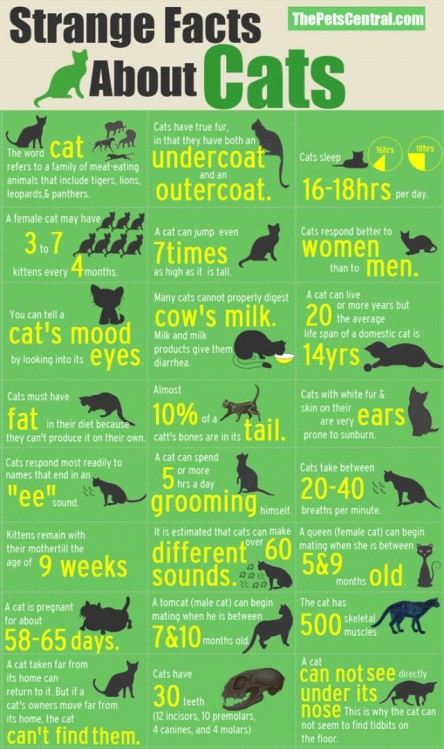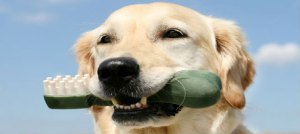Being “least popular” doesn’t mean these dogs aren’t great companions. What is your favorite breed?
1. The Norwegian Lundehund
The Norwegian Lundehund has several unique characteristics in combination not found in any other dog, including six toes on each foot, ears that fold closed, forward, and backward at will, and the ability to tip their head backwards until it touches their back bone, says AKC spokesperson Lisa Peterson.
These physical traits all helped the breed perform its original job as a Puffin hunter. When the bird became a protected species in the 1800s, the breed numbers dwindled. They were saved from near-extinction after World War II in Norway, Peterson shares, but their numbers today remain limited. Their even temperament, small size and charming personality makes them a wonderful, easy-to-live-with pet.
2. Dandie Dinmont Terrier
Originally bred to hunt otters and badgers, the Dandie Dinmont Terrier makes an excellent housedog, In addition to their hunting qualities, they’re intelligent, enjoy children and make excellent guard dogs. They do, however, have a will of their own and will sometimes obey commands reluctantly, requiring a strong hand in training. The Dandie Dinmont Terrier also has an interesting appearance, Peterson explains, with a fluffy head of hair, long and low body and tail curved like a sword.
3. Otterhound
Developed in England to hunt otter that preyed on fish in the country’s rivers and streams, the Otterhound is a large, strong dog with a rough double coat and substantially webbed feet. The breed became less popular in England when otter hunting was banned and never ended up gaining wide popularity in the United States. Recognizable by their striking, shaggy coat, Otterhounds are also amiable, even-tempered and unfailingly devoted to their families.
4. Xoloitzcuintli
The Xoloitzcuintli (pronounced show-low-eats-queen-tlee) or Xolo is one of the world’s oldest and most rare breeds. Having originated in Mexico, the Xolo is known as the first dog of the Americas. The breed was first AKC-registered from 1887 to 1959 as the Mexican Hairless, but efforts to establish the breed was met with little success because no large-scale breeding programs existed to promote good quality in the breed. Today’s Xolo re-entered the AKC in 2011 and comes in three sizes-toy, miniature and standard and can be hairless or coated. The breed also has a unique and unusual history. “With a reputation as a healer, the breed and its warm skin is often put to use in remote Mexican and Central American villages to ward off and cure ailments like rheumatism, asthma, toothaches and insomnia,” Peterson shares.
Read more at the source.






